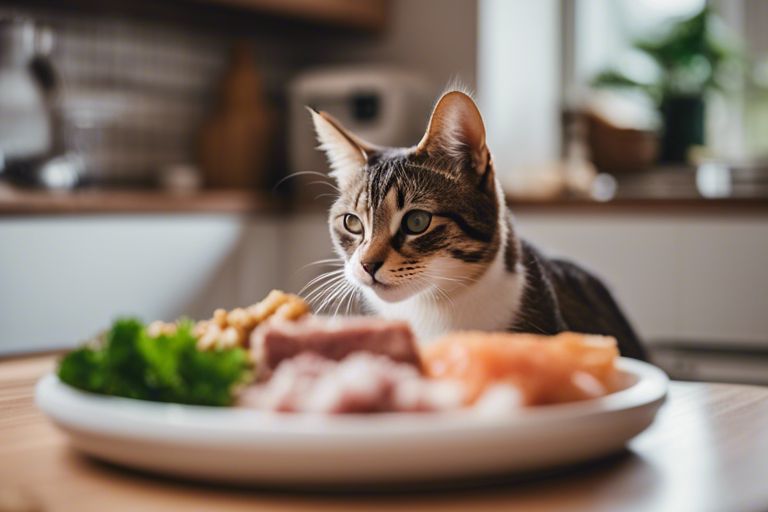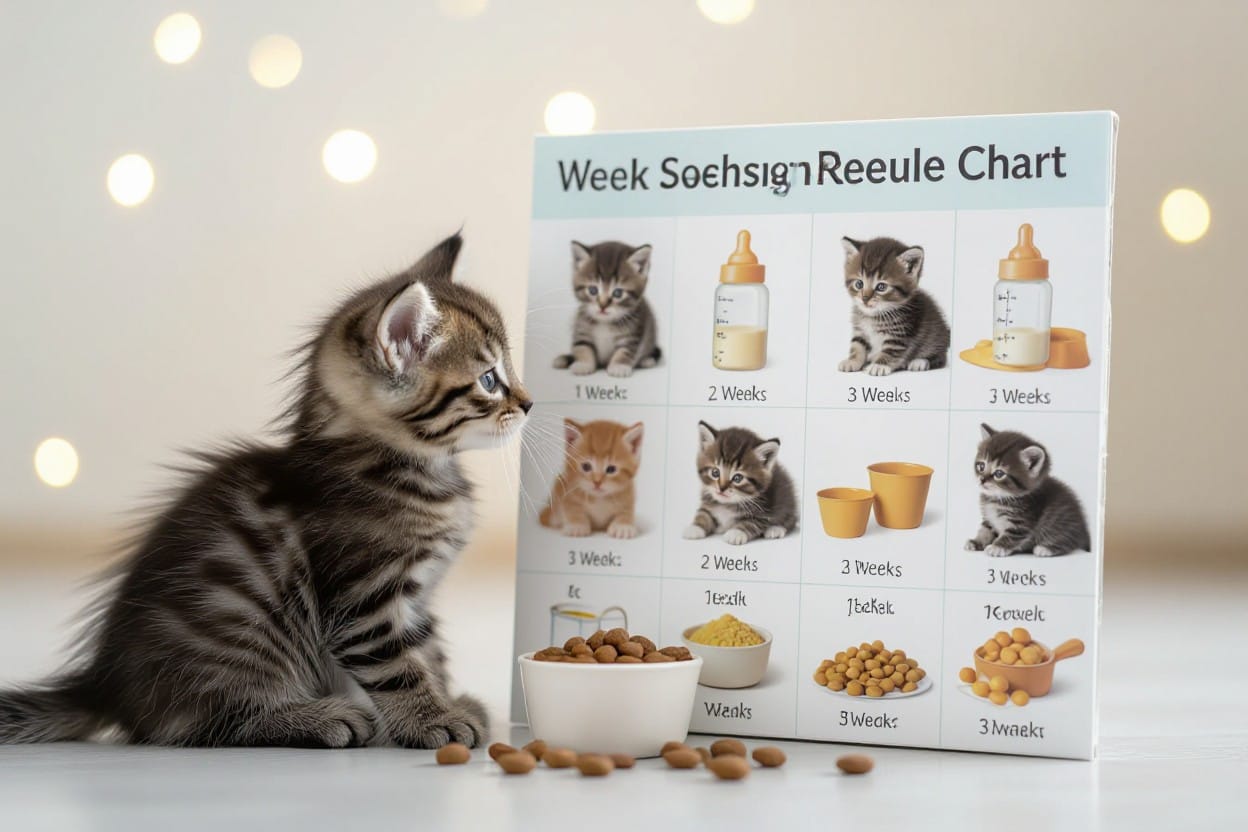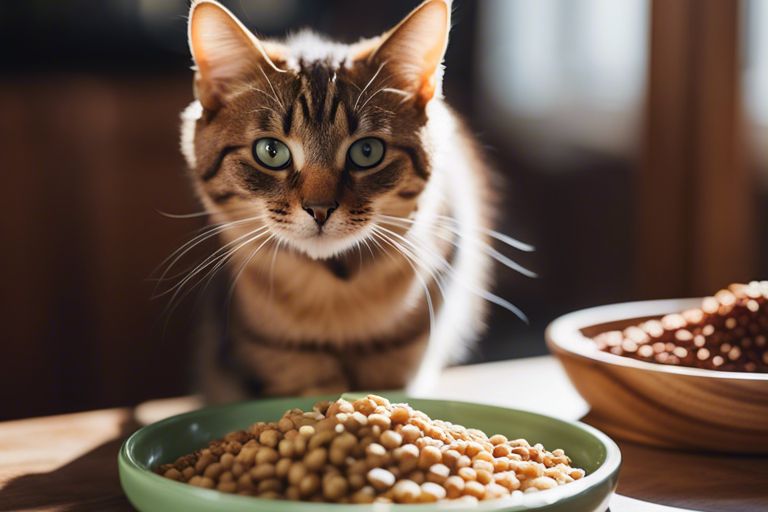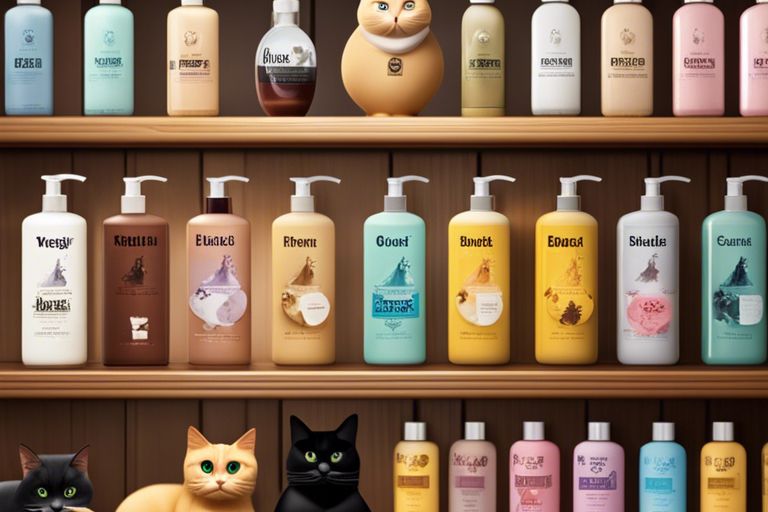Many feline enthusiasts are recognizing the numerous advantages of feeding their cats a raw food diet. From improved digestion to healthier coat and skin, the benefits are vast. This informative blog post investigates into the reasons why a raw food diet can be an excellent choice for your feline friend’s overall health and well-being.
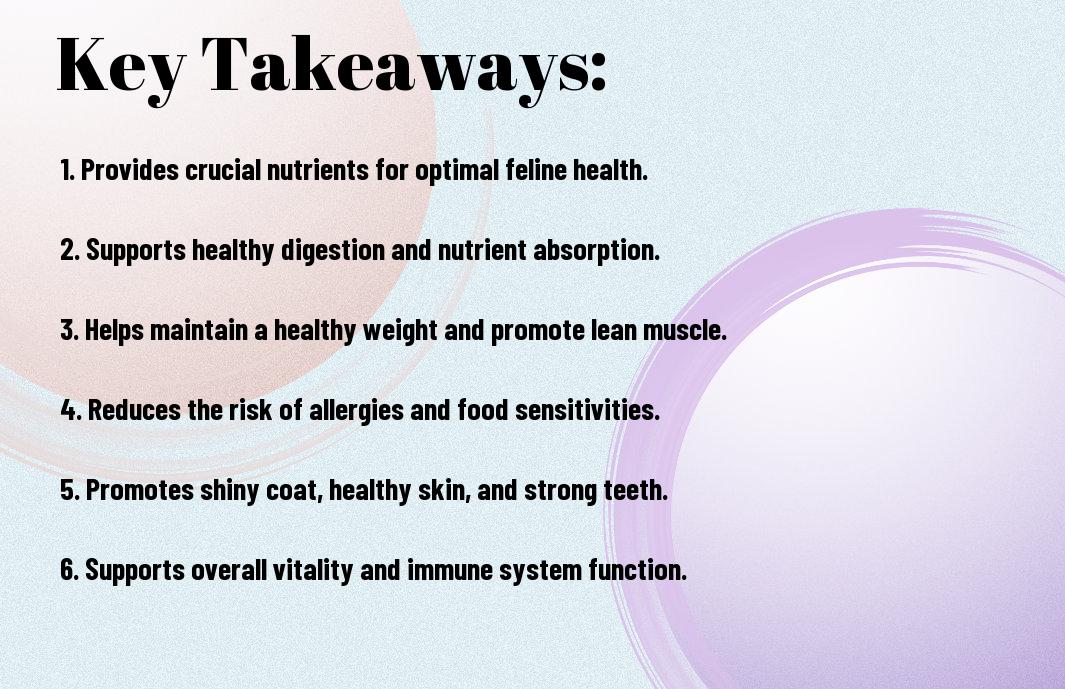
Understanding Feline Nutrition
If you are considering transitioning your cat to a raw food diet, it is important to understand the specific nutritional needs of felines. Cats are obligate carnivores, meaning their diet should primarily consist of meat. They require certain vital nutrients that can only be found in animal-based proteins, such as taurine and vitamin A.
Essential Nutrients for Cats
Feline nutrition must include protein, vital amino acids, vitamins, minerals, and fatty acids to ensure optimal health. Taurine is a particularly crucial amino acid for cats, as they cannot produce it themselves. Lack of taurine in a cat’s diet can lead to serious health issues, including heart problems and vision issues.
Comparing Raw Diets to Commercial Cat Food
Nutrition
| Raw Food Diet | Commercial Cat Food |
| Contains natural enzymes and nutrients | May contain fillers and additives |
| Promotes hydration | May contain artificial flavors and preservatives |
| Minimally processed | Processed at high temperatures, which can destroy nutrients |
To make an informed decision about your cat’s diet, it is vital to compare the benefits of a raw food diet to commercial cat food options. Raw diets often contain natural enzymes and nutrients that can be lost during the cooking process of commercial cat food. Additionally, raw diets can promote hydration, as they typically have a higher moisture content than dry kibble.
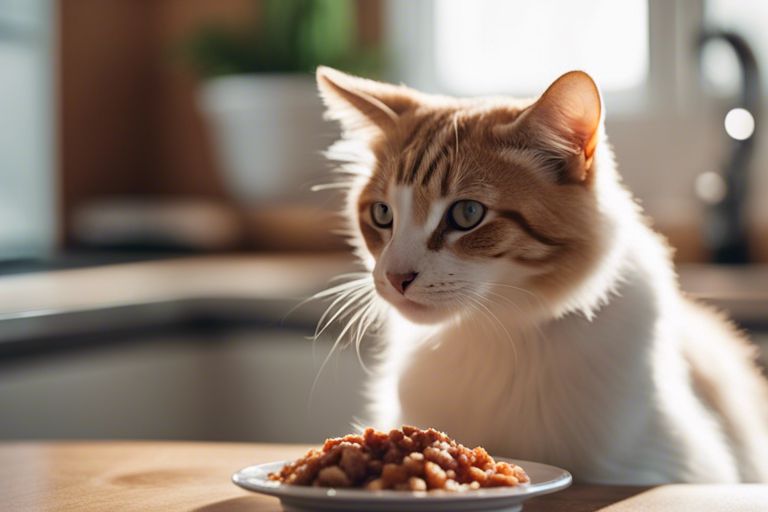
The Raw Food Philosophy
There’s a growing movement among pet owners towards feeding their cats a raw food diet, reflecting a return to the natural feeding habits of felines in the wild. Advocates of raw feeding believe that cats are obligate carnivores, meaning they require a diet primarily made up of animal protein to thrive. This philosophy is based on the idea that a diet consisting of raw meat, organs, and bones closely resembles what a cat would eat in its natural habitat.
The Prey Model Diet
Any discussion of raw diets for cats usually involves mention of the Prey Model Diet. This approach mimics the diet a wild cat would consume in the form of whole prey animals. Proponents of this model believe that cats should consume raw meat, bones, and organs in proportions that reflect the composition of a prey animal. By feeding according to the Prey Model Diet, cat owners aim to provide a diet that closely mirrors what a cat would eat if it were hunting in the wild.
The BARF Model Diet (Biologically Appropriate Raw Food)
Diet proponents advocate for a diet that includes a wider variety of ingredients beyond meat, organs, and bones, such as fruits, vegetables, and supplements. This model aims to provide cats with a more balanced diet that incorporates both animal and plant-based nutrients. Supporters of the BARF diet believe that this approach more closely aligns with the evolutionary diet of felines, allowing for a greater range of nutrients to support overall health and well-being.
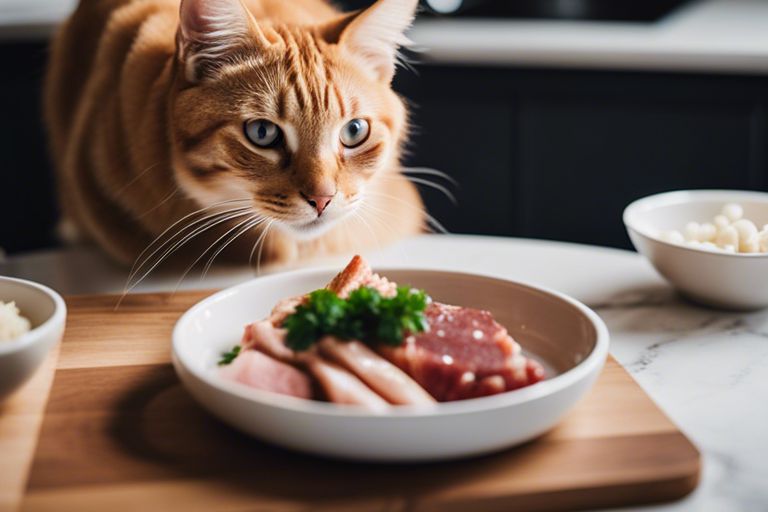
Potential Health Benefits
Improved Dental Health
For cats, a raw food diet can contribute to improved dental health. Chewing on raw meat and bones helps remove plaque and tartar from their teeth, reducing the risk of dental issues such as gingivitis and periodontal disease. The natural chewing action also strengthens their jaw muscles and promotes overall oral health.
Enhanced Digestive Function
Benefits of a raw food diet for cats include enhanced digestive function. Cats are obligate carnivores, meaning their digestive systems are designed to efficiently process raw meat. Feeding them a diet rich in raw, unprocessed foods can lead to better digestion, absorption of nutrients, and reduced instances of gastrointestinal problems.
This type of diet provides crucial enzymes and probiotics that support a healthy gut flora, promoting optimal digestion and nutrient absorption for your feline friend.
Better Weight Management
Benefits of a raw food diet for cats include better weight management. By feeding your cat a species-appropriate diet that is high in protein and low in carbohydrates, you can help them maintain a healthy weight. This can be especially beneficial for overweight cats or those prone to obesity.
Weight management is crucial for your cat’s overall health and can help prevent various weight-related issues such as diabetes, joint problems, and heart disease.
Shinier Coat and Healthier Skin
Any cat lover wants their feline companion to have a luscious coat and healthy skin, and a raw food diet can help achieve this. A diet rich in crucial fatty acids, vitamins, and minerals found in raw meat can improve the condition of your cat’s skin and coat, making it shinier, softer, and less prone to dryness or irritation.
A raw food diet can also reduce shedding and promote healthy fur growth, resulting in a visibly healthier and more vibrant coat for your beloved cat.
Implementing a Raw Food Diet
Transitioning From Commercial to Raw Food
Food cat’s transition from a commercial diet to a raw food diet should be gradual and carefully monitored. Start by introducing small amounts of raw food alongside their regular diet, gradually increasing the portion of raw food over several weeks. This slow transition will help prevent digestive upset and allow your cat’s system to adjust to the new diet.
Safety Measures and Best Practices
Practices such as storing raw meat separate from other foods, using stainless steel or glass bowls for feeding, and regularly cleaning all food utensils are necessary to prevent contamination and ensure the raw food remains safe for your cat to consume. Always wash your hands thoroughly after handling raw meat to prevent the spread of bacteria.
Diet supplements such as taurine may be necessary when feeding a raw food diet to ensure your cat receives all the necessary nutrients they need for optimal health. Consult with your veterinarian to determine the right balance of nutrients for your cat’s specific dietary requirements.
Raw Food Diet Varieties
Once again, raw food diets for cats come in various forms, allowing pet owners to choose the best option for their feline friend’s needs. Whether you prefer preparing your cat’s meals at home or buying commercial raw food options, there are choices to suit every lifestyle.
Homemade Raw Food Preparation
Food prepared at home allows you to have full control over the quality and ingredients in your cat’s diet. Many pet owners opt for a homemade raw food diet to ensure their cat receives fresh, wholesome ingredients without any fillers or additives. However, it is crucial to research and follow balanced recipes to ensure your cat receives all the necessary nutrients in their meals.
Commercial Raw Food Options
Dietary variety is crucial for cats, and commercial raw food options provide a convenient way to offer different protein sources and nutrients to your cat. These pre-packaged raw food diets are formulated to meet the nutritional needs of cats and often come in convenient portions for easy feeding. It is crucial to choose reputable brands that adhere to high-quality standards and provide complete and balanced nutrition for your feline companion.
Addressing Common Concerns
Risk of Pathogens
One common concern pet owners have when considering a raw food diet for their cats is the risk of pathogens such as Salmonella and E. coli. While it is true that raw meat can potentially harbor these harmful bacteria, cats have a shorter gastrointestinal tract and a more acidic stomach compared to humans, making them better equipped to handle any potential pathogens that may be present in raw food.
Nutritional Completeness and Balance
With a raw food diet, ensuring nutritional completeness and balance is key to your cat’s health. It is important to research and plan carefully to provide all the vital nutrients your cat needs. A balanced raw diet typically includes muscle meat, organ meat, bones, and supplements to ensure all necessary vitamins and minerals are present.
Another consideration is the calcium to phosphorus ratio, which is crucial for bone health in cats. Too much phosphorus can lead to deficiencies in calcium, which is why incorporating bones into their diet is vital for maintaining the proper balance.
The Debate on Long-term Sustainability
Any diet change requires consideration of its long-term sustainability. While a raw food diet can offer many benefits, some argue that it may be challenging to sustain over the years due to potential pitfalls in nutritional balance. It is vital to monitor your cat’s health closely and consult with a veterinarian to address any concerns that may arise.
Completeness of the diet is crucial, and regular vet check-ups can help ensure that your cat is receiving all the necessary nutrients to thrive on a raw food diet in the long term.
To wrap up
Presently, it is evident that a raw food diet can offer numerous benefits to cats, such as improved digestion, healthier skin and coat, and boosted energy levels. By feeding your feline friend a diet that resembles what they would eat in the wild, you are providing them with crucial nutrients and enzymes that can contribute to their overall well-being. Additionally, a raw food diet can help prevent obesity, diabetes, and other health issues commonly seen in cats fed processed foods.
It is important to consult with your veterinarian before making any major changes to your cat’s diet, as they can provide guidance and ensure that your furry companion is receiving a balanced and complete nutrition plan. With the right guidance and proper transition, your cat can experience the benefits of a raw food diet and enjoy a happier, healthier life.
FAQ
Q: What is a raw food diet for cats?
A: A raw food diet for cats consists of uncooked ingredients such as meat, bones, and organs, mimicking what cats would eat in the wild.
Q: What are the benefits of a raw food diet for cats?
A: A raw food diet can improve digestion, promote healthier skin and coat, boost energy levels, and enhance overall well-being in cats.
Q: Is a raw food diet suitable for all cats?
A: While many cats thrive on a raw food diet, it may not be suitable for all cats, especially those with certain health conditions. Consult with a veterinarian before making any diet changes.
Q: How do I transition my cat to a raw food diet?
A: Slowly transition your cat to a raw food diet by mixing small amounts of raw food with their current diet, gradually increasing the portion of raw food over time.
Q: Are there any risks associated with a raw food diet for cats?
A: Raw food diets can pose risks such as bacterial contamination and nutritional imbalances if not properly prepared. Follow safe food handling practices and consult with a veterinarian or pet nutritionist to ensure a balanced diet for your cat.
